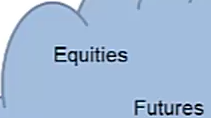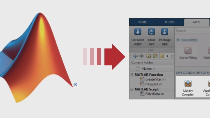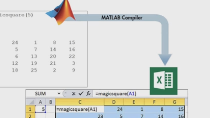Program the Design onto an FPGA Using Vivado | Getting Started with the Avnet ZUBoard, Part 4
From the series: Getting Started with the Avnet ZUBoard
Synthesize, implement, and program a FIR filter onto the Avnet® ZUBoard hardware using AMD-Xilinx® Vivado® Design Suite. Target a specific FPGA device and perform place-and-route. Specify how input and output signals are assigned to package pins. Rerun the simulation and make sure performance meets design guidelines. Lastly, create a final bitstream file and program the FIR filter onto ZUBoard hardware.
Published: 26 Aug 2022





